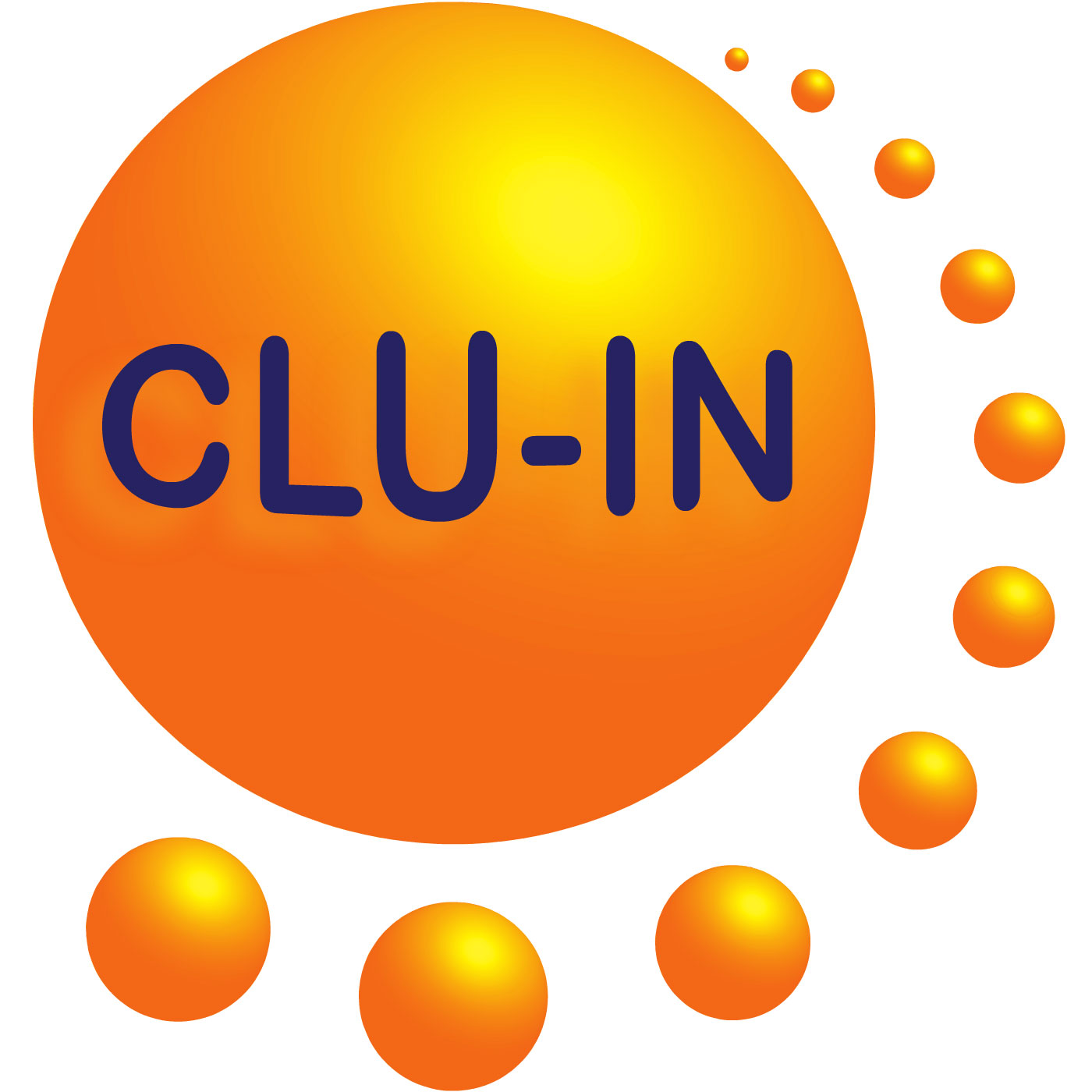Audio for "Optimizing Injection Strategies and In situ Remediation Performance," May 16, 2024
Description
In 2020, ITRC recognized that In situ remediation technologies using amendment injections have advanced to mainstream acceptance and offer a competitive advantage over many forms of ex situ treatment of soil and groundwater. Developing a detailed site-specific strategy is absolutely critical to the success of such in situ remedies. These strategies include conducting a thorough site characterization that will allow development of a detailed Conceptual Site Model (CSM) to guide critical analysis of subsurface features and improving remediation effectiveness. In the interest of developing expedited solutions, many past in situ remediation projects have been executed based on an incomplete understanding of the hydrogeology, geology, and contaminant distribution and mass. Some of these sites have undergone multiple rounds of in situ injections but have not advanced to closure. Better strategies and minimum design standards are required to decrease uncertainty and improve remedy effectiveness.
In an effort to overcome these challenges and improve the effectiveness of in situ remediation using injected amendments, ITRC developed the guidance: Optimizing Injection Strategies and In Situ Remediation Performance (OIS-ISRP-1). The guidance and this associated training course identify challenges that may impede or limit remedy effectiveness and discuss the potential optimization strategies, and specific actions that can be pursued, to improve the performance of in situ remediation by:
Refining and evaluating remedial design site characterization data;
Selecting the correct amendment;
Choosing delivery methods for site-specific conditions;
Creating design specifications;
Conducting performance evaluations, and
Optimizing underperforming in situ remedies.
The target audience for this guidance and training course is: environmental consultants, responsible parties, federal and state regulators, as well as community and tribal stakeholders. This training will support users in efficiently and confidently applying the guidance at their remediation sites. An optimization case study is shared to illustrate the use of the associated guidance document.
Prior to attending the training class, participants are encouraged to view the associated ITRC guidance, Optimizing Injection Strategies and In Situ Remediation Performance (OIS-ISRP-1) as well as to be familiar with the characterization process described in Integrated DNAPL Site Strategy (ITRC 2011c). To view this archive online or download the slides associated with this seminar, please visit http://www.clu-in.org/conf/itrc/OIS-ISRP_051624/
More Episodes
In response to one of the biggest emerging environmental concerns, ITRC formed the Microplastics Team in 2021 to develop the Microplastics Guidance Document. Plastics have become pervasive in modern life and are now used in a wide range of commercial and industrial applications. Microplastics...
Published 11/07/24
The NIEHS Superfund Research Program (SRP) is hosting a Risk e-Learning webinar series focused on using artificial intelligence (AI) and machine learning to advance environmental health research. The series will feature SRP-funded researchers, collaborators, and other subject-matter experts who...
Published 11/04/24


